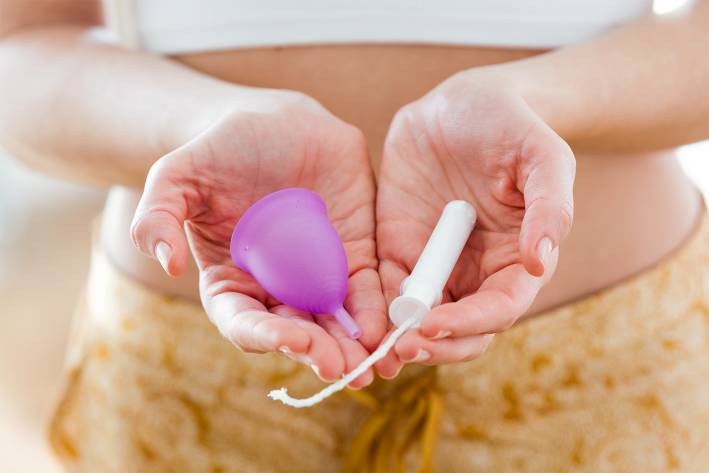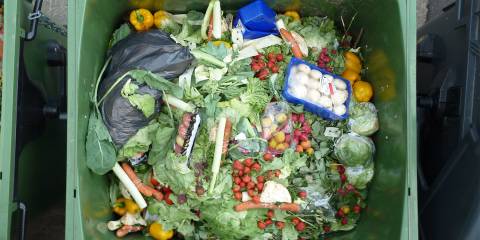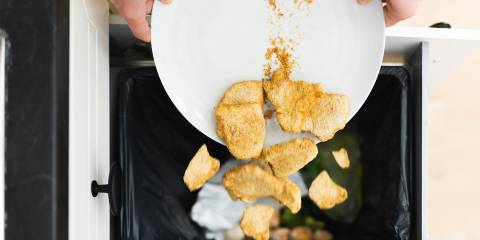Women are familiar with the sometimes painful and aggravating details about their periods. Beyond the monthly challenges, though, is the big picture: what do period products do to a woman’s body and to the environment?
The Impact of Period Products
This is a little mind-boggling, but each menstruator uses between 5,000 to 15,000 tampons and pads in their lifetime.
Effects on The Environment
Disposable menstrual products account for some 240,000 tons of solid waste in the US each year. And that doesn’t count the 80 percent of tampons and 20 percent of sanitary pads that users flush, sending them on their way to increasing the burden of microplastics on the oceans.
It can take from 500 to 800 years for the nonbiodegradable plastics in menstrual products to decompose, according to the Sustainability Program at California State University San Marcos, which also notes that “pads and tampons usually contain dangerous chemicals, like pesticide residues, bleach, and phthalates that cause harm to the body.”
Regulations
“Tampons, pads, menstrual cups and discs are considered medical devices by the Food and Drug Administration (FDA) and are not subject to ingredient labeling under federal labeling laws,” according to a 2022 news release from Women’s Voices for the Earth.
Not waiting for the FDA to act, the state of New York passed a law requiring manufacturers to label product packaging that discloses all ingredients used in menstrual pads and tampons.
“Companies have used—and will continue to use—ingredients and components that are or may be of questionable safety,” Christina Bobel, PhD, told Vogue upon the law’s passage, “so it is important for consumers to know what they are buying.”
Safe, Eco-Friendly Products
-
Reusable
-
Menstrual Cups
In terms of environmental impact and waste, these silicone or rubber products “have the lowest impact on the environment by far,” according to Megan Harrison, MD, FRCPC, and Nichole Tyson, MD.
The cup, worn internally, collects blood and can be used for up to 10 years, depending on the manufacturer.
Divacup.com advises that a menstrual cup should no longer be used if it is heavily stained, smells bad, sustains any tears or cracks, or suddenly leaks.
-
Reusable Pads
Lasting about half as long as menstrual cups, reusable pads—manufactured with natural fibers or synthetic—are washed after use instead of being thrown in the trash.
-
Period-Proof Underwear
These products, washed between uses, may be worn as needed for about two years. They also are made of natural or synthetic fibers.
-
-
Disposable
-
Tampons
While they are not without environmental impact (flushed or thrown in the trash), applicator-free tampons save the environment from cardboard or plastic waste.
There also are reusable applicators that can be washed between uses.
-





